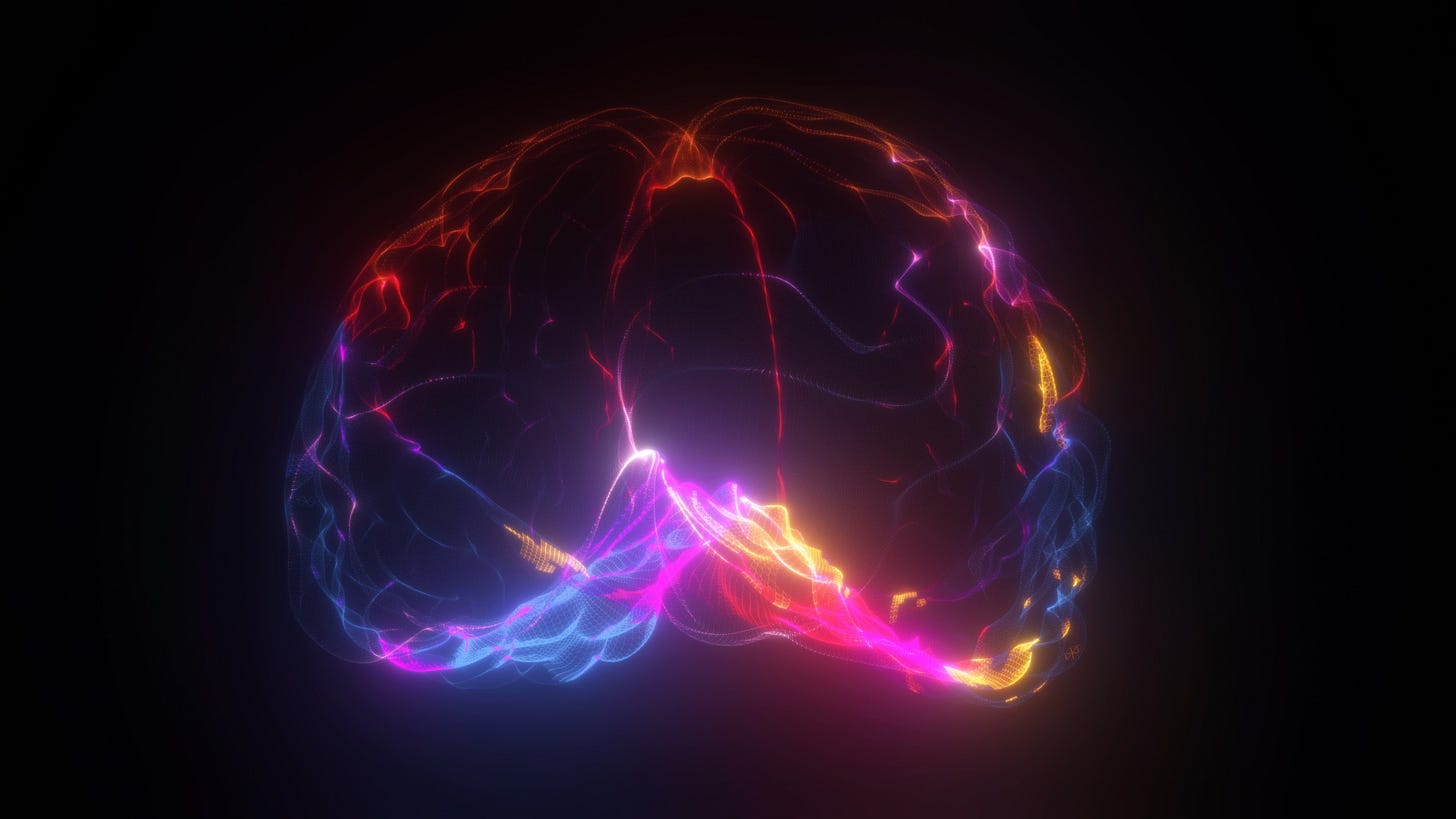Neuroplasticity and Meditation: Rewiring the Brain for Well-Being
Free Professionally Filmed and Edited Course on Meditation and Neuroplasticity
Introduction
In recent years, the intersection of neuroscience and contemplative practices has gained significant attention, shedding light on the remarkable capacity of the brain to change and adapt. This phenomenon, known as neuroplasticity, has profound implications for mental health and well-being. One particularly promising avenue for harnessing neuroplasticity is meditation, a centuries-old practice that is increasingly being scrutinized through the lens of modern scientific research. In this article, we will explore the fascinating relationship between neuroplasticity and meditation, uncovering how these practices can work in tandem to rewire the brain for improved mental and emotional health.
Understanding Neuroplasticity
Neuroplasticity refers to the brain's ability to reorganize itself by forming new neural connections throughout life. Contrary to earlier beliefs that the brain's structure is fixed in adulthood, research now shows that the brain remains malleable and adaptable. This adaptability is influenced by various factors, including experiences, learning, and environmental stimuli. Understanding the mechanisms of neuroplasticity is crucial for appreciating the transformative effects of meditation on the brain.
The Science of Meditation and Neuroplasticity
Meditation, a practice rooted in mindfulness and focused attention, has been shown to induce structural and functional changes in the brain. One of the key brain regions affected by meditation is the hippocampus, which plays a crucial role in memory and emotional regulation. Studies using neuroimaging techniques, such as MRI, have demonstrated increased gray matter density in the hippocampus among regular meditation practitioners. This suggests that meditation may contribute to neuroplastic changes associated with improved memory and emotional well-being.
Additionally, meditation has been linked to changes in the amygdala, a brain region involved in processing emotions, particularly stress and fear. Research has shown that meditation can lead to a reduction in amygdala activity, accompanied by a decrease in perceived stress and anxiety. These findings underscore the potential of meditation to reshape the neural circuits associated with emotional responses, promoting a more resilient and balanced mind.
The Prefrontal Cortex: Meditation's Playground
The prefrontal cortex, a region responsible for higher-order cognitive functions such as decision-making and self-control, is another focal point of meditation-induced neuroplasticity. Studies have reported increased gray matter density in the prefrontal cortex among individuals who regularly practice meditation. This is particularly significant as it suggests that meditation may enhance executive functions and improve cognitive abilities related to attention, focus, and impulse control.
Furthermore, meditation has been associated with changes in the default mode network (DMN), a network of brain regions that becomes active when the mind is at rest. Altered DMN activity has been linked to various mental health conditions, including depression and anxiety. Through its impact on the DMN, meditation appears to play a role in promoting a more balanced and adaptive mental state.
Meditation and Synaptic Plasticity
At the cellular level, meditation has been linked to changes in synaptic plasticity, the ability of synapses to strengthen or weaken over time. Synapses are the junctions between neurons where communication occurs, and their plasticity is fundamental to learning and memory. Research suggests that meditation may enhance synaptic plasticity, contributing to improved cognitive function and learning abilities.
The Role of Mindfulness in Neuroplasticity
Mindfulness, a central component of many meditation practices, involves paying attention to the present moment without judgment. The cultivation of mindfulness has been shown to have a direct impact on neural mechanisms associated with attention and self-awareness. Mindfulness meditation, in particular, has been found to increase the thickness of the prefrontal cortex and enhance connectivity between brain regions involved in attention and sensory processing.
Moreover, the practice of mindfulness has been linked to changes in the insula, a brain region involved in self-awareness and empathy. These changes may underlie the reported improvements in emotional regulation and interpersonal relationships observed in individuals who engage in regular mindfulness meditation.
Practical Implications for Well-Being
Understanding the intricate relationship between neuroplasticity and meditation holds significant implications for mental health and well-being. Incorporating meditation practices into daily life may serve as a preventive measure against cognitive decline and mental health disorders. Moreover, for individuals already grappling with such conditions, meditation can be a valuable complementary approach to traditional therapeutic interventions.
The integration of mindfulness and meditation into clinical settings has shown promise in the treatment of various mental health conditions, including depression, anxiety, and post-traumatic stress disorder (PTSD). Mindfulness-based interventions, such as Mindfulness-Based Stress Reduction (MBSR) and Mindfulness-Based Cognitive Therapy (MBCT), have been developed to harness the power of meditation for therapeutic purposes.
Conclusion
In conclusion, the marriage of neuroscience and meditation has illuminated the transformative potential of neuroplasticity. Meditation, with its emphasis on focused attention, mindfulness, and self-awareness, has been shown to induce structural and functional changes in the brain, promoting mental and emotional well-being. As we continue to unravel the mysteries of neuroplasticity and meditation, the prospect of actively reshaping our brains for improved cognitive function and emotional resilience becomes increasingly attainable.
Free Professionally Filmed and Edited Course on Meditation and Neuroplasticity
For more information on how practices like Qigong and meditation influence mental and physical health, please head over to www.jadedragon.org.
If you found this post informative, we kindly request you to like, comment, subscribe, and share it with your friends and family. Spreading the word will help us reach more people, offering them the potential for improved health, strength, and peace of mind.
References:
Davidson, R. J., & McEwen, B. S. (2012). Social influences on neuroplasticity: stress and interventions to promote well-being. Nature Neuroscience, 15(5), 689–695.
Hölzel, B. K., et al. (2011). Mindfulness practice leads to increases in regional brain gray matter density. Psychiatry Research: Neuroimaging, 191(1), 36–43.
Tang, Y. Y., et al. (2015). The neuroscience of mindfulness meditation. Nature Reviews Neuroscience, 16(4), 213–225.
van Vugt, M. K., & Slagter, H. A. (2014). Control over experience? Magnitude of the attentional blink depends on meditative state. Consciousness and Cognition, 23, 32–39.






